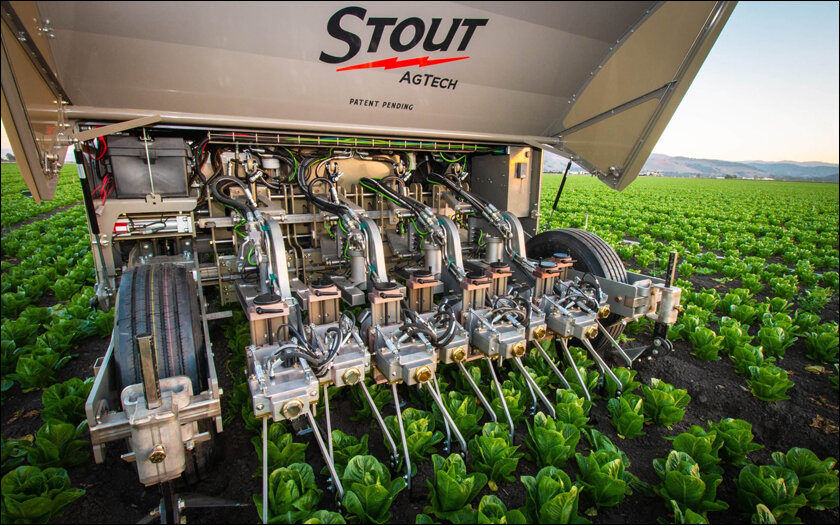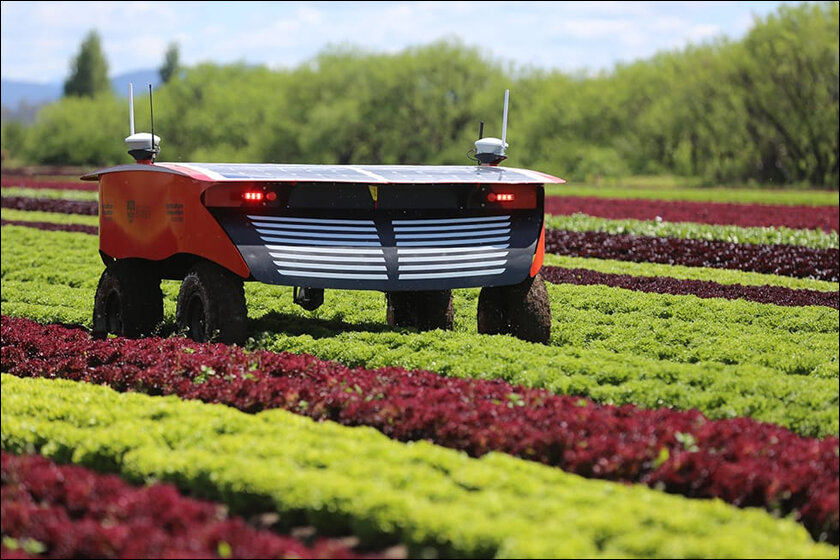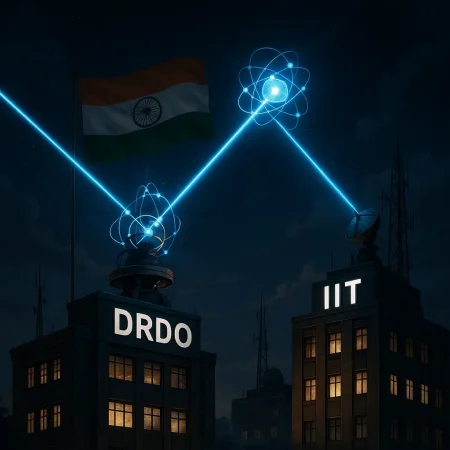A parliamentary panel has recommended the use of AI and “tiny robots” to help offset the uphill economics of agriculture on small farms in India.
If any of you have ever tried your hand at farming or even just growing vegetables in your backyard you would know that controlling weeds is a major part of the battle, especially if you’re growing organically in soil. While there are a lot of ways to mulch the soil and even use fabric to prevent weeds from eating your plant food, the whole process can be quite expensive as well as labor intensive depending on the size of your plantation.
Labor is a resource that has surprisingly been becoming scarce across the world, especially in agriculture. While there was a time when the majority of the world’s population were farmers, the industrial age and current scenario has seen more and more people leave the farms in pursuit of big city living.
Zap those weeds
With the population and demand for food going up, and people growing food going down, the UN has warned that we need to increase supply by 60% to feed the amount of people that are going to be around by 2050. In the West especially, the difference between the manpower required and the manpower available for agriculture remains significant. This has led to a number of farmers doing away with traditional farming machines that require humans to operate them in exchange for modern AI-powered farming robots that can do the job pretty much on their own.
Coming back to the issue of pulling out weeds in your garden, these robots use lasers, yes lasers to accurately zap away every unwanted plant on your farm.
Built by Carbon Robotics, the Laserweeder, much like its name suggests, uses a 150W Co2 laser hooked up to a high-resolution camera and AI-powered software to accurately identify and subsequently blast into oblivion about 200,000 weeds an hour. This machine is certified organic, works on 40 different types of crops, and can be used for 24 hours a day.
While it is quite expensive at about $1.4 million, the company suggests that large farmers (10,000 acres and above) can recover the money saved on labor within 3 years. While this application is aimed mostly at large farmers there are a number of smaller laser weeders in the making, like the one by Igus made for 1.2-meter-wide crop beds.
Farm Bots
Now there are a lot of chores to do on the farm in addition to pulling weeds and the new generation of arm bots have got you covered. The Naio Oz Farming Assistant is one such robot that can do everything from hoeing to weeding, seeding, and even making furrows on its own without a human operator. Designed over a decade ago, this little robot has seen a lot of improvement over the years and can now even be used for transporting harvests thanks to a number of attachable accessories.
It can be used to autonomously weed in rows of crops without disturbing them as well as in between the rows of crops. Naio Technologies has sold over 150 robots across 10 countries so far with over 300 hectares of land being worked since 2021.

Another interesting farm bot is the Stout Smart Cultivator which is a tractor-drawn, software-defined implement that uses mechanical blades and an AI-powered plant recognition system to identify crops and weeds and kill the latter with a 99.99% accuracy. The Burro Bot by Burro AI is another autonomous bot that works alongside humans and increases efficiency by carrying, towing, following, scouting, and patrolling.
There’s also a company called Monarch that builds autonomous tractors that feature an empty driver’s seat while they work. In India, a Bengaluru-based startup called Niqo Robotics has developed an AI-powered robot that sprays pesticides on plants more efficiently and without wastage. While machine sprayers or drones blanket an entire area with pesticides, these robots identify crops and only spray pesticides on them.

An AI-powered green revolution
If you’re not familiar with the problem of fragmented land in India, 85% of all farms in India are smaller than 2 hectares owing to the fact that they keep getting divided between siblings when they are handed down from generation to generation. This is a major issue that is causing farms to grow smaller and less profitable. So much so that a parliamentary panel has recommended the use of AI and “tiny robots” to help offset the uphill economics of agriculture on small farms in India.
The panel also suggested the need for a National Institute to teach Agricultural Robotics and AI, stating a “concerted effort with a multidisciplinary approach” was the need of the hour to incorporate AI and robots in the agricultural sector of India.
In case you missed:
- What Is Electronic Soil?
- CES 2025: NVIDIA’s Cosmos Just Gave Robots a ‘ChatGPT Moment’!
- NVIDIA’s Isaac GR00T N1: From Lab Prototype to Real-World Robot Brain
- Slaughterbots: Robot Warriors in the Indian Armed Forces!
- Scientists gave a mushroom robotic legs and the results may frighten you
- So AI can get bored, “suffer,” and even commit suicide?
- How AI Is Helping Restore the World’s Coral Reefs
- A Glowing Plant Could Be Your New Night Lamp for $29
- California startup develops app to sell sunshine at night
- India’s first Aatmanirbhar Chip Fab: TATA leads the way!











1 Comment
Thank you for the valuable information on the blog.
I am not an expert in blog writing, but I am reading your content slightly, increasing my confidence in how to give the information properly. Your presentation was also good, and I understood the information easily.